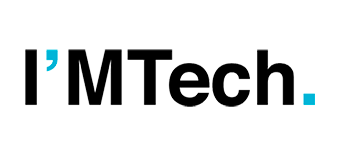Fabulous laser microstructures
IMT Atlantique has developed expertise in parallel photoplotting over many years. The school has therefore taken a leading role in the European FABulous project that will use this method to design functional 3D micro and nano-structures. These high-performance optical and photonic microstructures have applications ranging from the automotive industry to biological cell culture.

